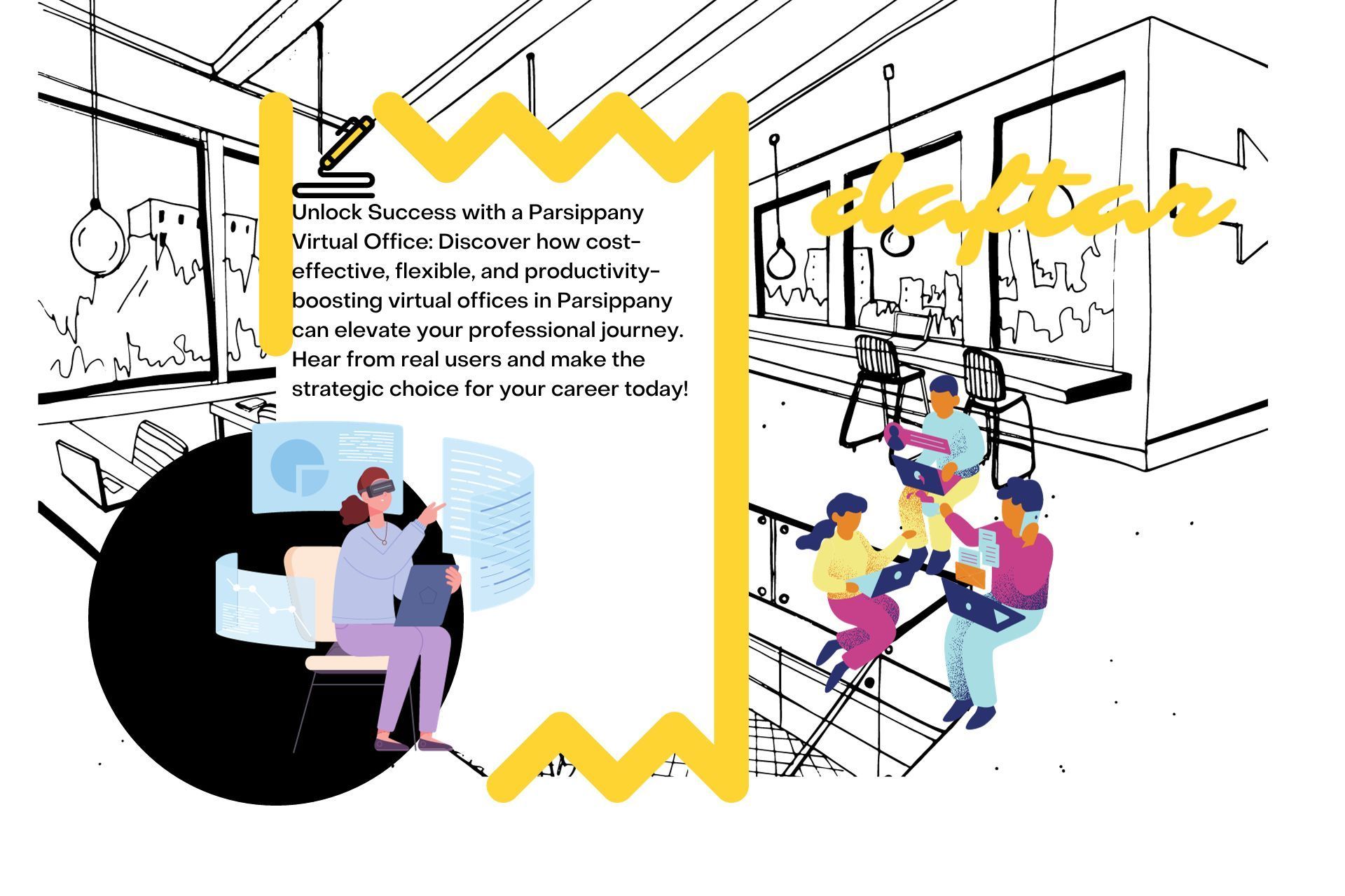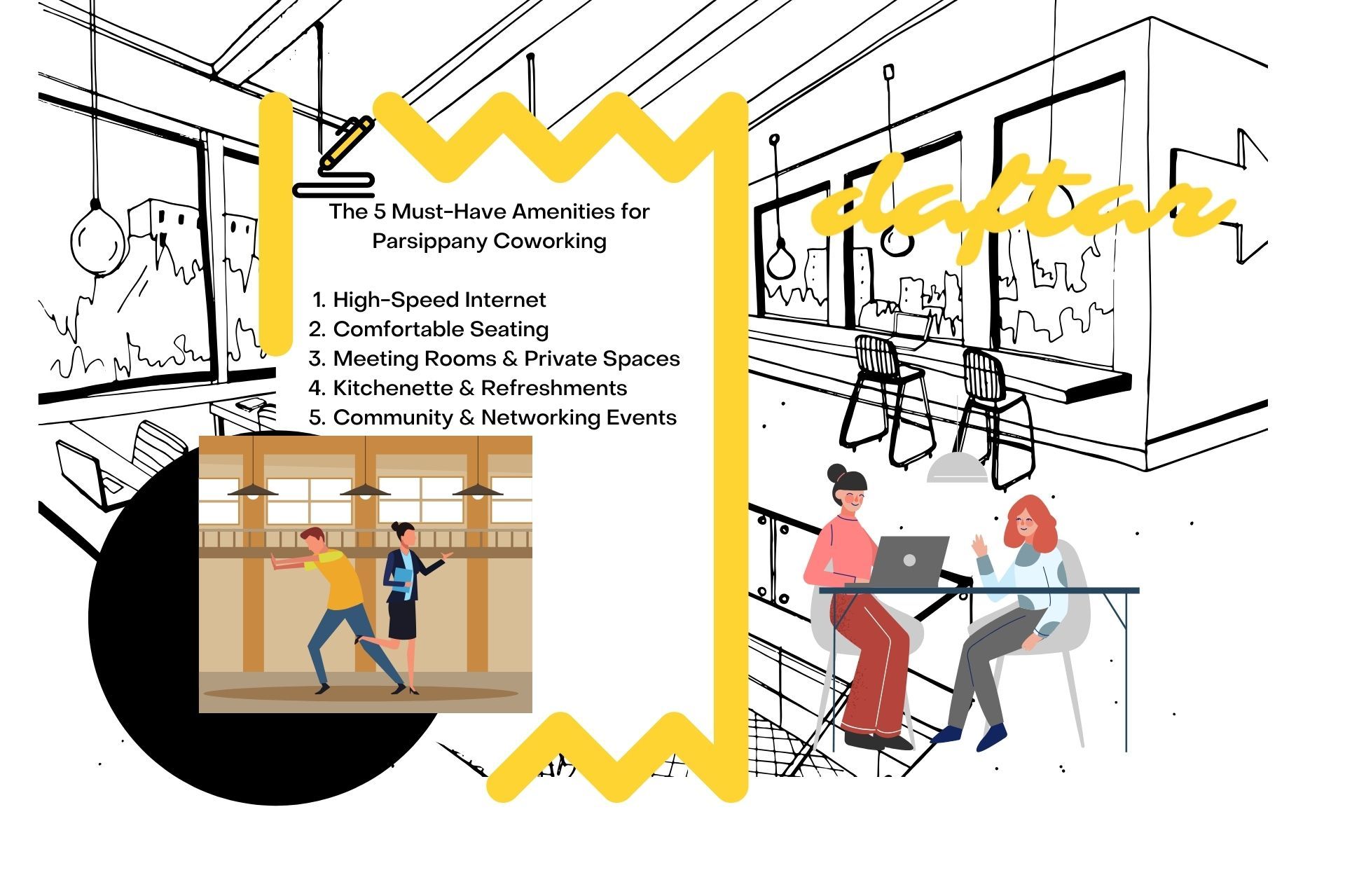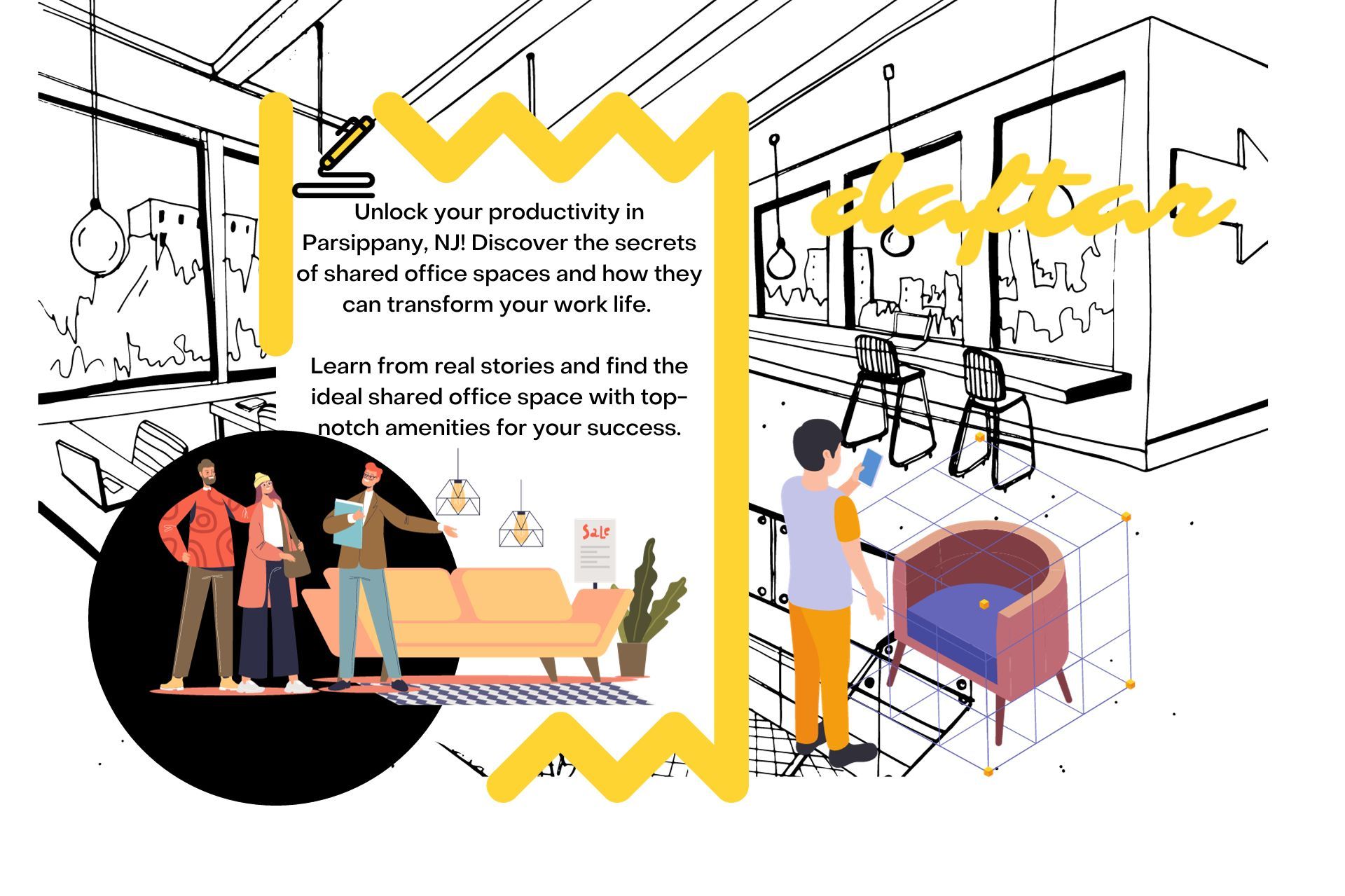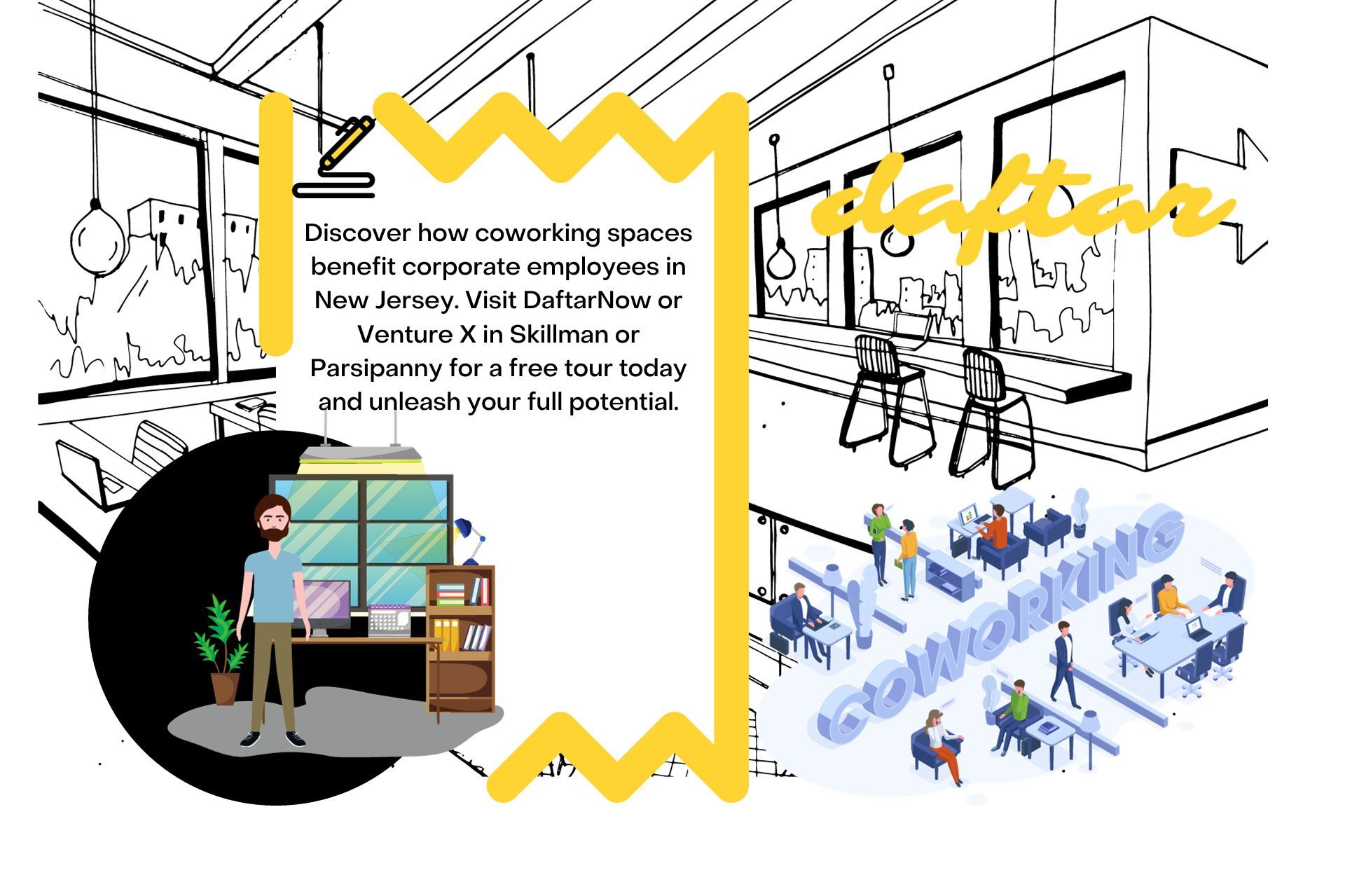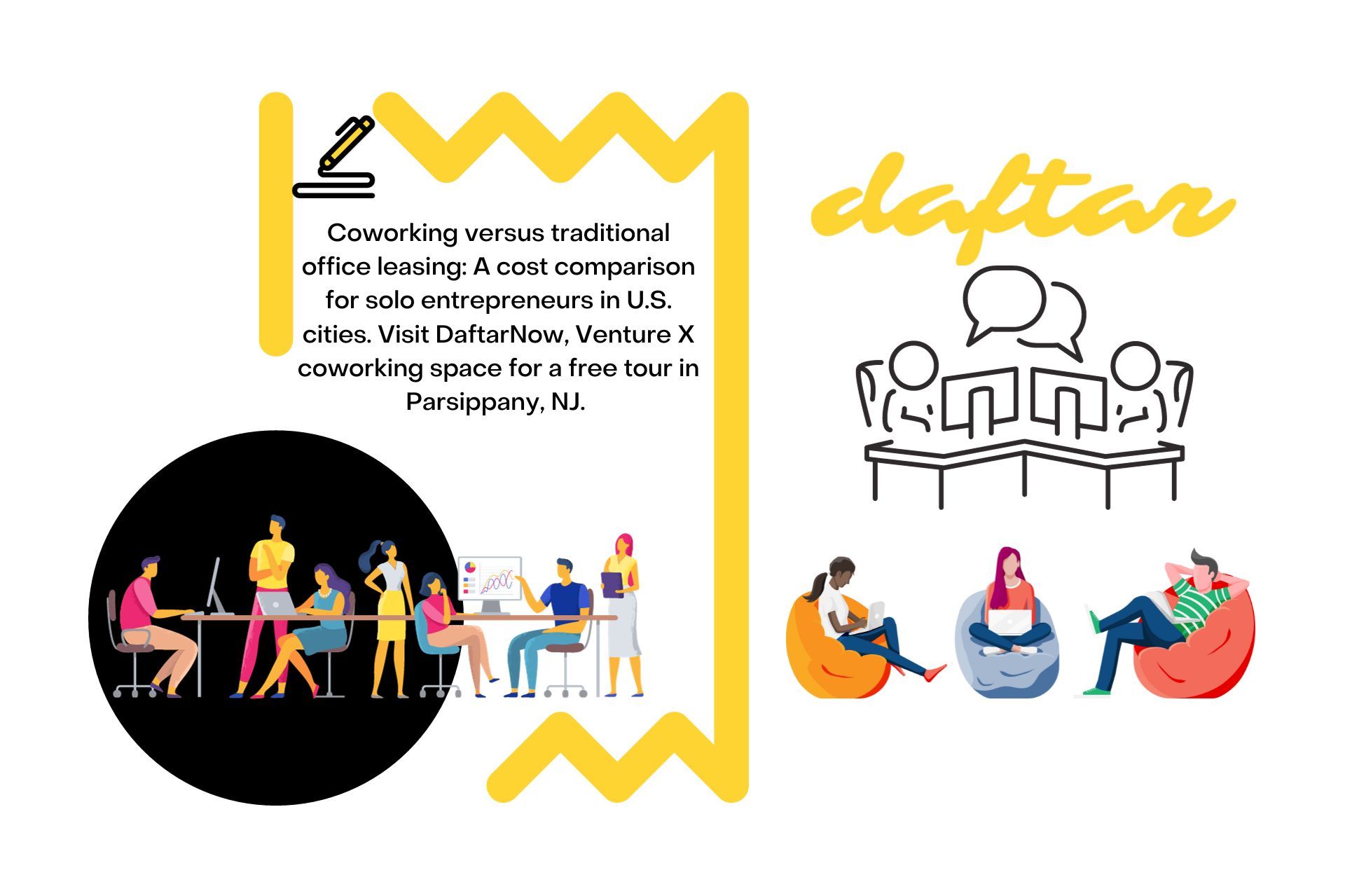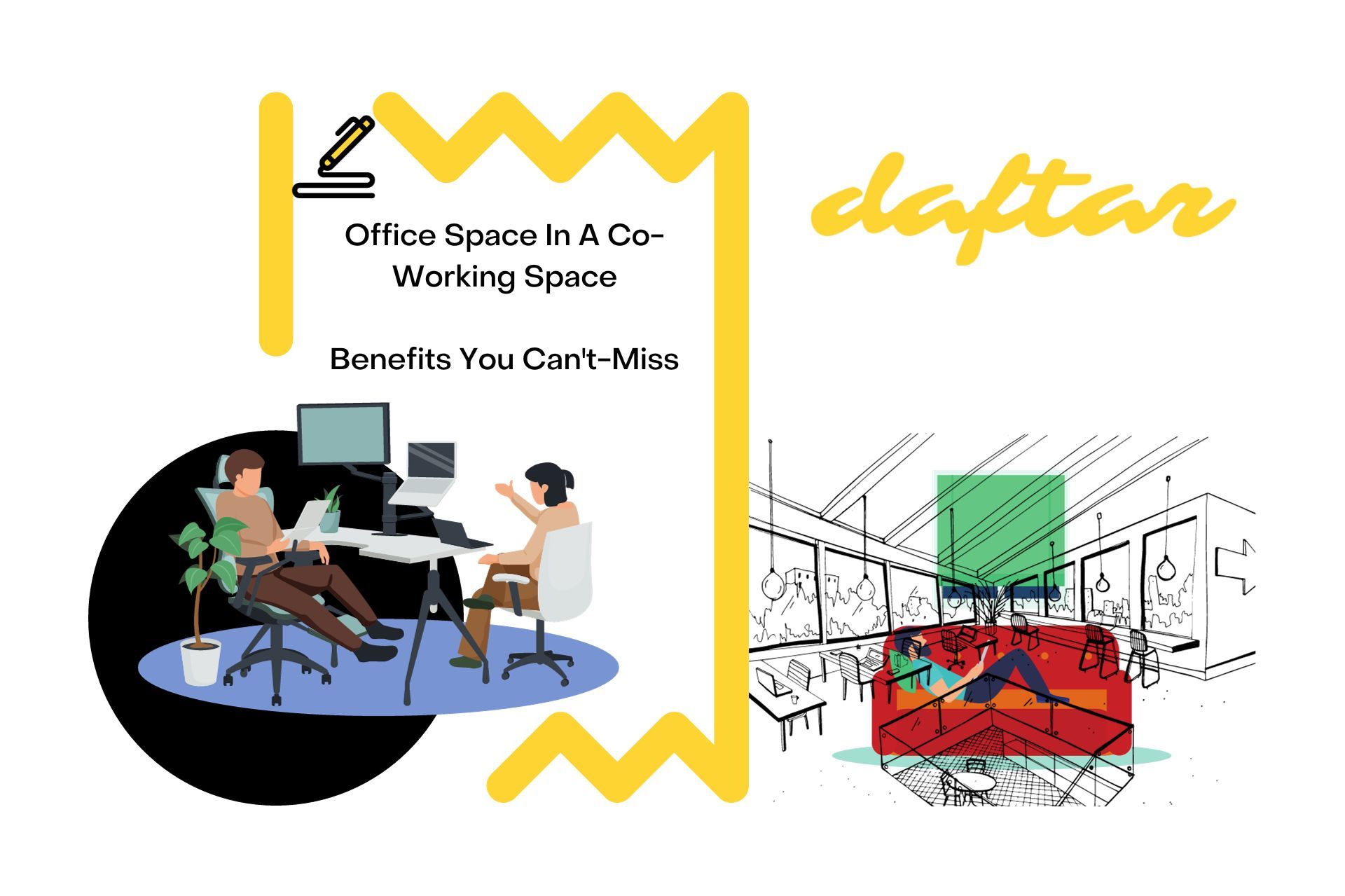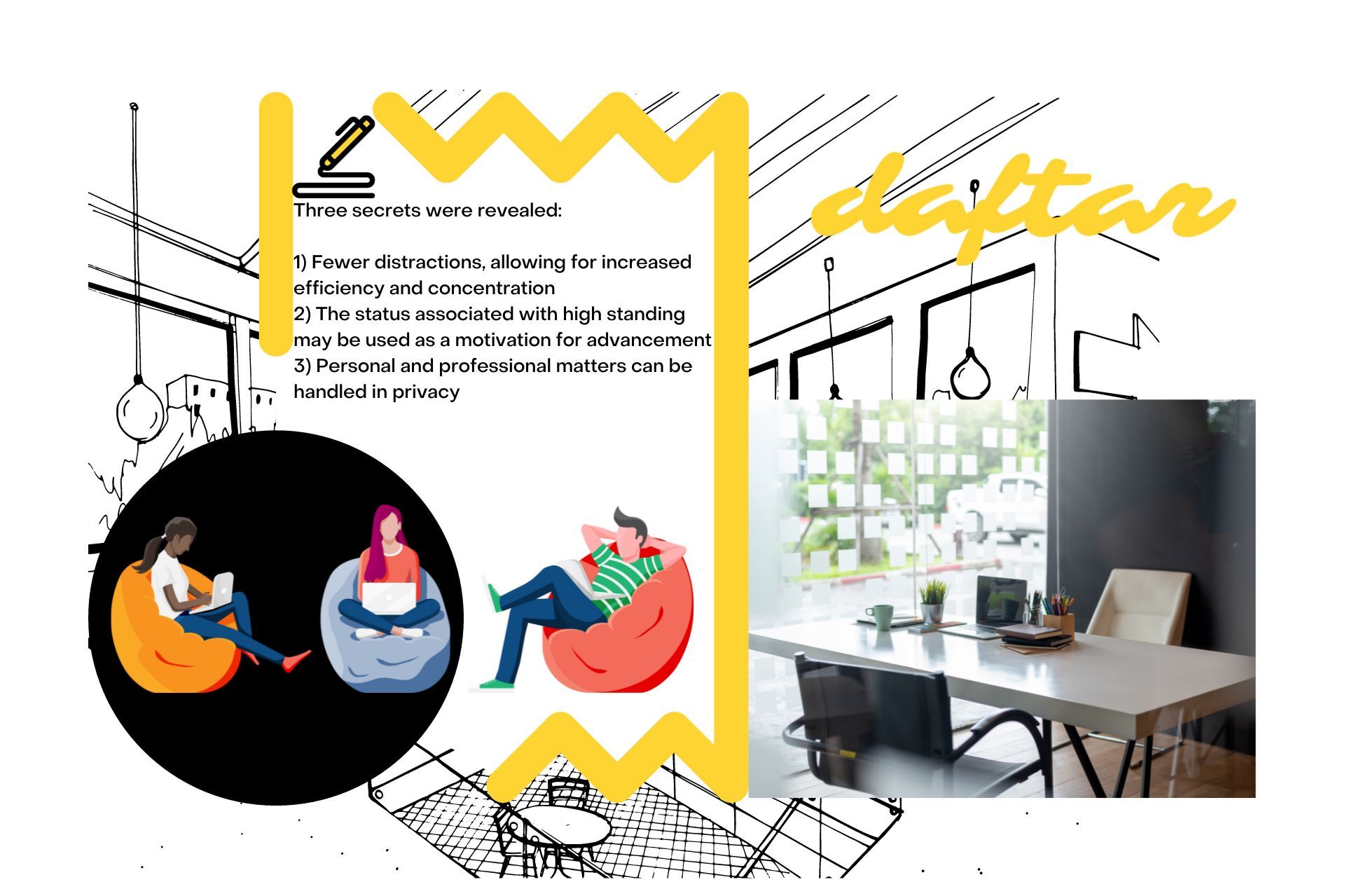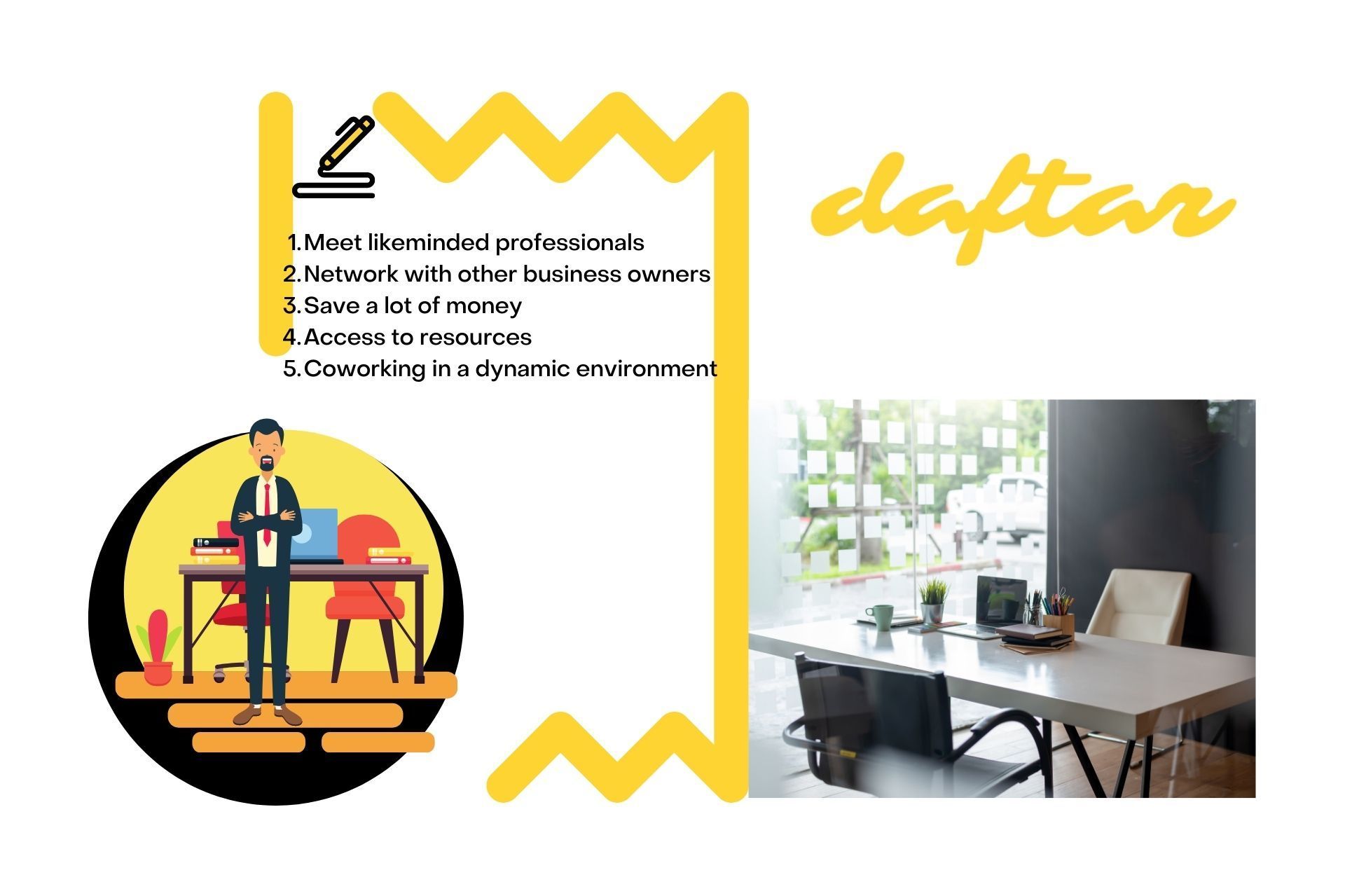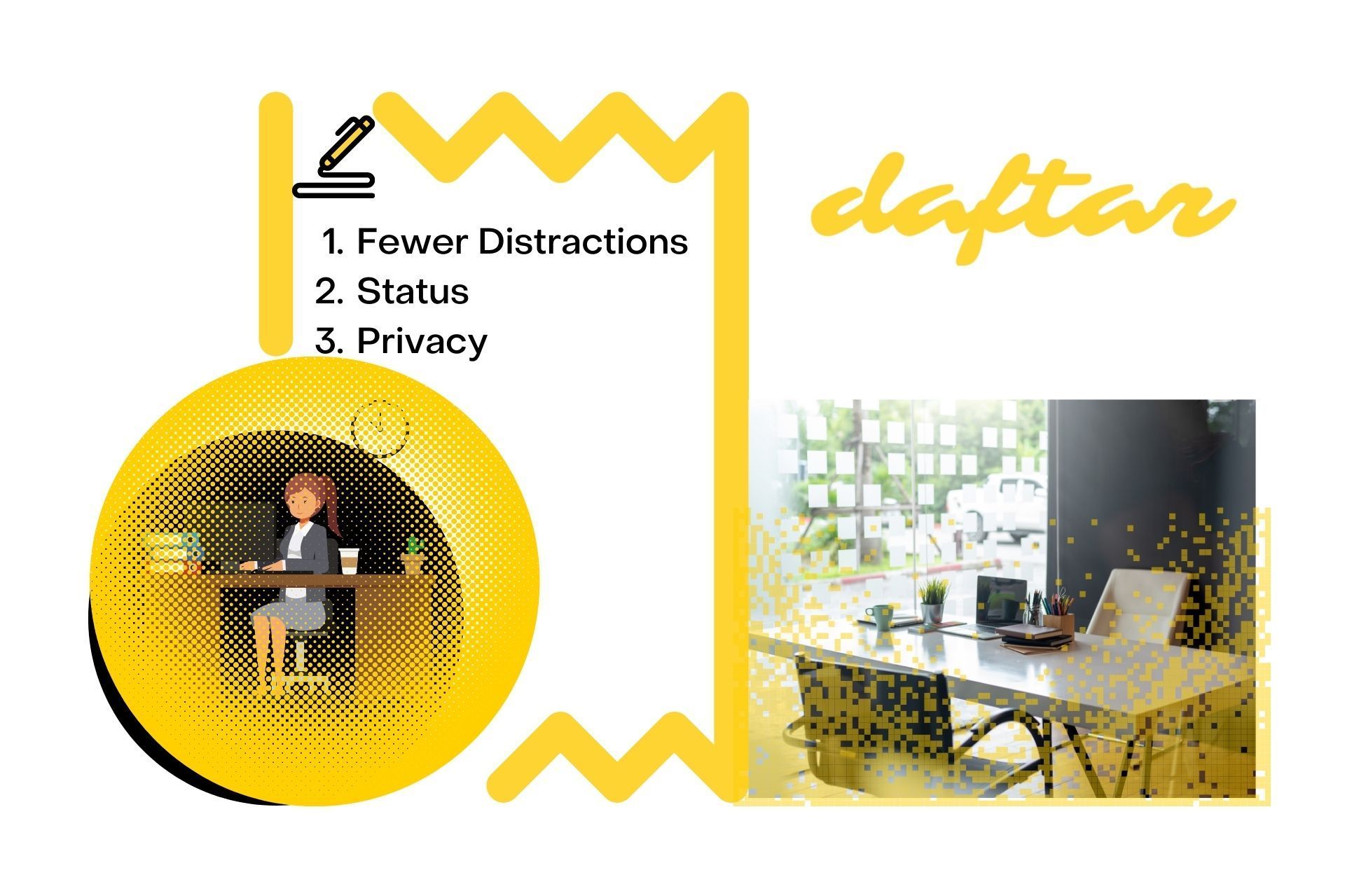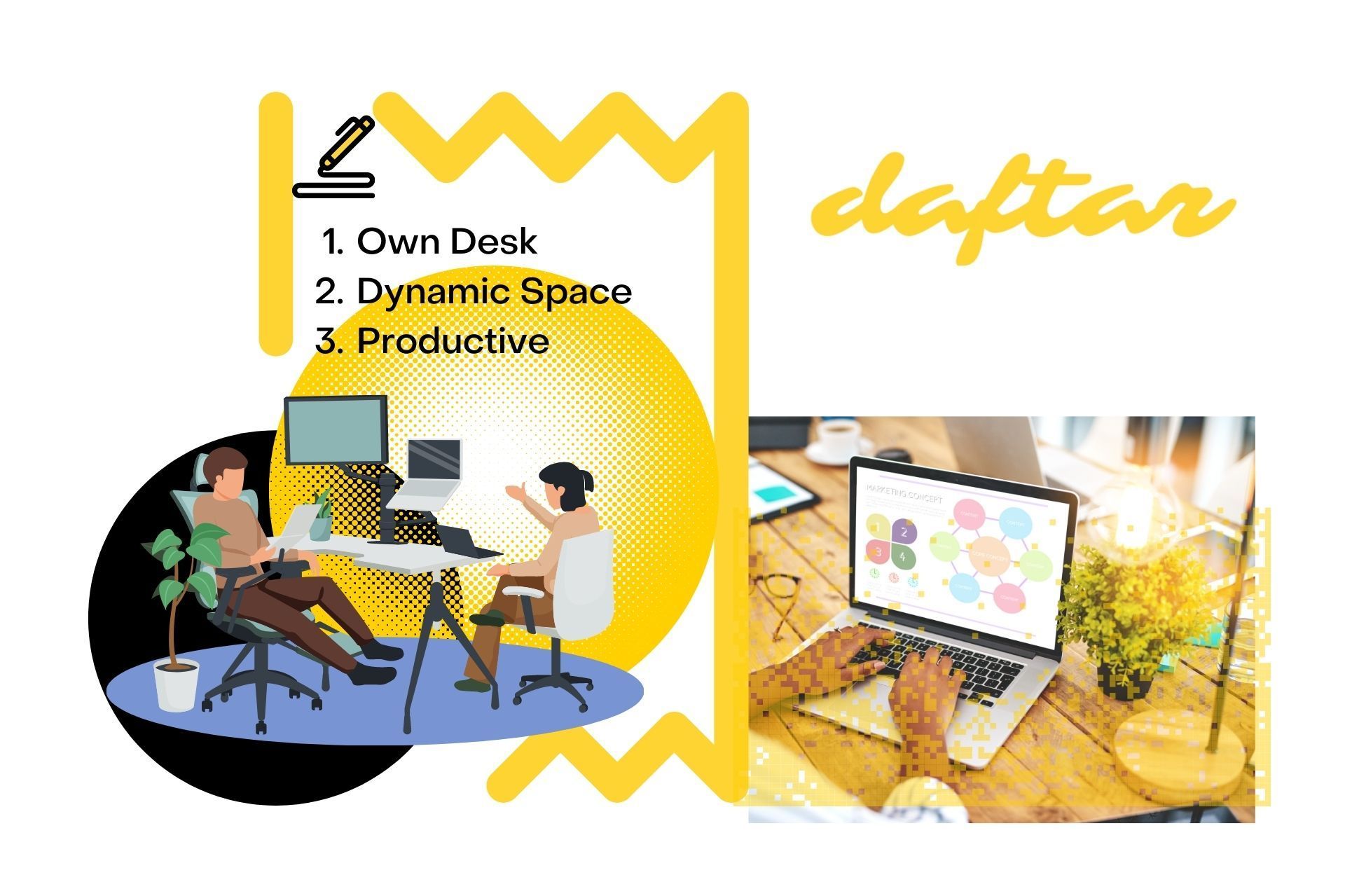The Future Of Work
5 talking points that we'll be covering in this future work trends report:
- Companies must future-proof their future workforce to remain competitive in the future of work.
- To do this, organizations should develop future-ready skills such as data analysis, AI, problem-solving and agile thinking.
- Companies should also embrace flexible working models such as remote work, job hopping, and coworking spaces.
- Organizations should invest in portable benefits such as flexible paid time off and remote working options for future employees.
- With the right strategies in place, organizations can create future-ready workplaces and build a future workforce that is ready to face the challenges of tomorrow.
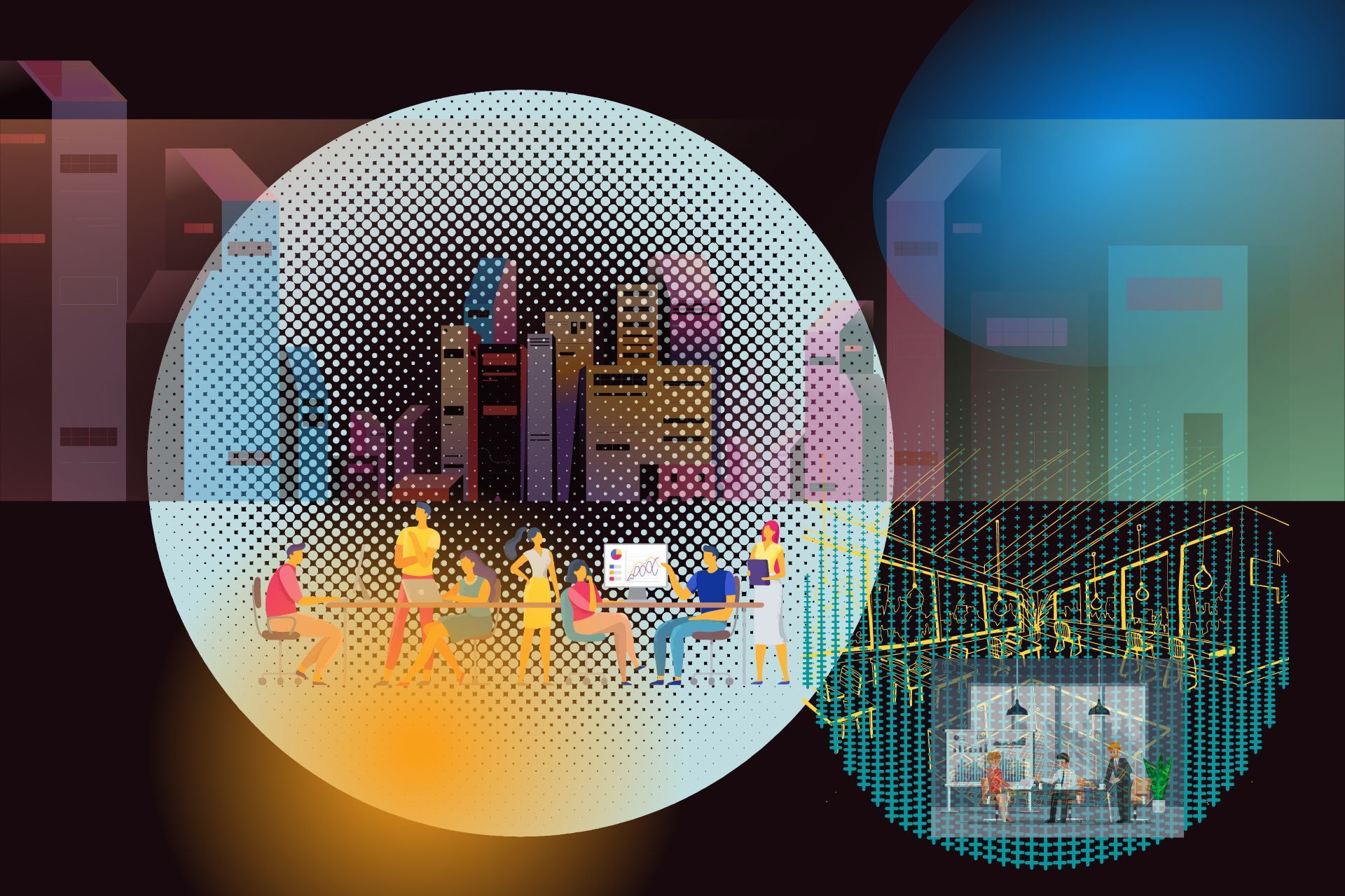
The future of work is here. We are living in a time of great technological and industrial changes, where the way we do business is undergoing rapid transformation.
Globalization has opened up markets that were once inaccessible and technology has enabled new forms of employment and working models unseen before.
From the rise of the creator economy to the future of coworking spaces, we are seeing a shift in the way work is being done.
It can be daunting to consider the changes taking place and how they will shape future job markets - but it's also an exciting time of possibilities. As organizations look ahead to tomorrow, here are 10 trends that will define the future of work.
This article takes a deep dive into these trends, exploring the challenges and opportunities they bring to today's workforce.
It also looks at how organizations can prepare for future success by taking action now so that they are future-ready and competitive in tomorrow's job market.
Read on to discover everything you need to know about the future of work.
1. What the Future of Work Looks Like in 2030
The future of work is dramatically different from what we know today.
Technological advances, globalization, and shifting business models have created an entirely new landscape for the future.
In 2030, people will be able to access global job opportunities with relative ease, and many workers will have shifted to more flexible working arrangements.
The distributed workforce will be highly skilled, with jobs that span many different industries.
In addition to traditional employment models, the future will include new forms of work such as freelancing and remote working at bigger numbers compared to what we know now.
Organizations must consider how they can take advantage of these shifts to remain competitive in the future job market.
This shift also brings a range of challenges, from the need to future-proof our workplaces to managing different employment models.
By 2030, the average workday will look very different from today. With more flexible arrangements and remote working models available, people will have much more freedom and autonomy over their workdays.
A typical day for future workers could involve checking emails or messages from clients or colleagues on their devices while they commute to their main workspace - a co-working space or virtual office accessible from coworking spaces or virtual coworking spaces.
Once there, future workers could spend their day in meetings both online and person, collaborating with team members from around the world on tasks and projects.
They may work for multiple employers at the same time, choosing to dedicate certain hours of each day to different employers.
Some future workers may choose to take a break from their day-to-day work by dedicating time to side projects or contracts, creating a sustainable income stream that can be used for whatever goals they may have.
Throughout the day future workers will likely spend much of their time in virtual meetings and collaborating with others on different tasks, all the while taking advantage of the flexibility that the future of work allows.
At the end of the day, future workers may choose to relax and unwind in their own space or catch up with friends and family online.
These changes allow future workers to create a life that works for them, where they can prioritize their own physical and mental well-being while remaining productive.
With the ever-changing landscape of work, the future looks bright for upcoming generations. This leaves us to have a close look at the technology and its impact on employment trends.
Let's read on...
2. The Impact of Technology on Employment Trends
Technology has revolutionized the future of work and consequently transformed the employment landscape.
From the automation of mundane tasks to artificial intelligence, technology has changed the way we work and opened up new job opportunities that never existed before. The future workforce is expected to be highly skilled, with jobs requiring a unique combination of both hard and soft skills — a requirement for future job seekers to remain competitive in the global economy. Companies are also taking advantage of technology to create more flexible staff structures and redefine traditional working models, allowing them to become agile, future-ready organizations.
- Automation of mundane tasks: Technology will reduce the need for manual labor, allowing future workers to focus on more meaningful and creative roles.
- Artificial intelligence (AI): AI will be used in many roles, from customer service agents to data analysts and marketers, allowing companies to increase efficiency and productivity.
- Remote work: With advancements in technology, future workers will be able to work from anywhere in the world, allowing them to enjoy a better work-life balance.
- Increased collaboration: Technology will enable future workers to collaborate and communicate more effectively, whether it’s through digital tools or virtual meetings.
- Emphasis on soft skills: Soft skills such as creativity, communication, and problem-solving will be in high demand, as future workers must adapt to an ever-changing work environment.
The future of work is rapidly approaching, and it’s up to organizations to prepare for the changes that the future will bring. By leveraging the latest technologies and future-proofing their workforce, companies can better equip themselves for the future of work.
We’ve only seen the beginning of what technology promises to bring to the future of work. With new forms of employment emerging such as the creator economy and virtual co-working spaces, it’s clear that the future looks bright for future workers and organizations.
Are you ready for the future of work? Start preparing today to ensure your organization is future-ready!
3. Automation, Artificial Intelligence, and Machine Learning
By leveraging the latest technologies, future workers can position themselves to become future-proof and ready for the future of work. Organizations must focus on future-proofing their workforce so they can take advantage of these new technologies and stay ahead of their competition.
1. Automation:
Automation is the process of replacing manual labor with automated machines or processes. By automating mundane tasks and freeing up future workers’ time, companies can become more efficient and productive.
2. Artificial Intelligence (AI):
AI is a form of technology that enables machines to learn from data and adapt their behavior. AI can be used to automate repetitive tasks, allowing future workers to focus on more meaningful and creative roles.
3. Machine Learning (ML):
ML is a form of AI that enables machines to learn from data without being explicitly programmed. It allows future workers to better understand customer behavior and create more personalized experiences for customers.
4. Natural Language Processing (NLP):
NLP is a form of AI that enables machines to understand natural language and speech. It enables future workers to engage in more meaningful conversations with customers, increase customer satisfaction, and improve the overall customer experience.
5. Automated Decision-Making:
Automated decision-making allows future workers to quickly process data and make decisions based on real-time data. This can be used to increase efficiency and productivity, allowing future workers to make better decisions faster.
6. Robotics:
Robotics is a form of automation that enables future workers to control machines with their own hands or voice commands. Robotics can be used in many industries, from manufacturing to healthcare, to automate mundane tasks and improve efficiency.
7. Virtual Reality (VR) & Augmented Reality (AR):
VR and AR are emerging technologies that enable future workers to visualize data in a 3D environment. This can be used to create more immersive experiences for customers, as well as provide future workers with better insights into customer behavior.
8. Data Science & Analytics:
Data Science and analytics allow future workers to better understand customer behavior, uncover trends, and make informed decisions. This can be used to improve the customer experience, increase sales and reduce costs.
9. Cloud Computing:
Cloud computing enables future workers to access data from any device, anywhere in the world. This can be used to improve collaboration, reduce costs and enable future workers to access data faster.
10. Cybersecurity:
Cybersecurity is essential for future workers as digital threats become more sophisticated. Companies must ensure that their data remains secure, allowing future workers to work with confidence in a digital world.
Start preparing today for the future of work! With an understanding of these emerging technologies, future workers can prepare for tomorrow’s jobs today and drive innovation for future organizations.
4. The Impact of Globalization and Market Shifts on Jobs and Careers
No doubt globalization will continue to impact how we work in the future. Here are 5 key areas to focus on by 2030.
- Globalization has led to a shift in the job market away from traditional corporate employment and towards more flexible working models such as freelancing, gig work, and remote working.
- Companies face various challenges when trying to future-proof their workforce including finding skilled personnel, developing future-ready competencies, and staying ahead of technology trends.
- Globalization and market shifts have also opened up opportunities for future workers such as the ‘creator economy’ where people can monetize their skills, ideas, and passions through online platforms.
- The future of work also includes changes in the way we work, with co-working spaces becoming more prevalent, as well as the rise of AI and robotics which will enable future workers to work smarter.
- Companies need to start preparing now for the future of work by understanding emerging technologies and developing future-ready competencies that will enable them to remain competitive in the long term.
5. Increasing Need for Flexible Working Arrangements
These are just some of the key trends that need to be taken into account when preparing for the future of work.
By understanding the future landscape and adapting their strategies, future organizations will be able to remain competitive and thrive in an ever-changing job market.
It is clear that technology, globalization, and other factors are driving a shift in the way we work.
Companies must stay ahead of the competition by preparing for tomorrow
- The future of work is rapidly changing, and organizations must adapt to keep up with the latest trends and technology if they want to remain competitive.
- Flexible working models are becoming more prevalent in response to changing needs and globalization. This includes freelancing, gig work, remote working, job sharing, part-time contracts, and more.
- Flexible working arrangements enable future workers to manage a variety of tasks in multiple roles, gain experience in different fields, and diversify their skill sets.
- Employers benefit from flexible working models as they can access a larger pool of talented individuals and quickly adapt to changing market needs.
- Companies must provide future workers with the right tools and resources to ensure they can work effectively and benefit from flexible arrangements.
- Organizations must also create a culture of trust, embrace diversity, support collaboration, and promote digital literacy to facilitate future workplace success.
- By using technology, implementing policies that encourage flexible working models, and fostering a culture of collaboration, future workers can take advantage of the many opportunities available.
- With the right tools, future organizations will be able to better understand customer behavior and uncover trends to make informed decisions that improve customer experience and increase sales.
- Cloud computing enables future workers to access data from any device, anywhere in the world, and helps future organizations to collaborate, communicate, and share ideas more efficiently.
- As the future of work changes, companies must adopt a future-ready mindset to stay ahead of their competition and remain successful.
6. Impact of Changes in the Education System on the Future Workforce
Education systems must prepare future workers for the future of work. All levels of education must be adapted to ensure future workers are adequately prepared for the changing landscape of work.
With the future workforce expected to be more diverse and globalized, educational institutions must provide students with the knowledge and skills necessary for success in a future job market.
This includes teaching core subjects such as math, science, and language alongside practical skills like problem-solving, critical thinking, and digital literacy. Additionally, future-oriented educational models should be encouraged that focus on future technologies such as automation, artificial intelligence, and machine learning.
By developing future-ready competencies, future workers will have the necessary skills to navigate the future job market.
This helps organizations to better understand customer behavior and uncover trends to make informed decisions that improve customer experience and increase sales.
Cloud computing enables future workers to access data from any device, anywhere in the world and helps future organizations to collaborate, communicate, and share ideas more efficiently.
As the future of work changes, companies must adopt a future-ready mindset to stay ahead of their competition and remain successful.
To do this, they must develop policies and structures that enable future workers to work flexibly and effectively.
Good onboarding systems, workforce planning tools, and technology-enabled collaboration platforms can all help future organizations build a future-ready workforce capable of adapting to changing market needs.
Finally, companies must create an environment of trust and promote digital literacy to cultivate a future-ready workforce that is equipped to tackle the challenges of tomorrow.
By leveraging future technologies, fostering collaboration, and offering flexible working arrangements, future-focused organizations can stay ahead of the competition.
In this way, future employers and future workers can both benefit from a future-oriented approach to work.
With the right tools and strategies in place, future organizations can prepare for tomorrow’s jobs today.
Here are 10 tips to put things into perspective:
- An increased focus on digital and future-oriented skills, such as coding, software development, and data analytics.
- The introduction of life-long learning opportunities to allow future workers to develop the latest skills needed for their industry.
- A greater emphasis on creativity and problem-solving to increase innovation within future organizations.
- The creation of online courses, which enable future workers to access the latest education and training resources from anywhere in the world.
- A shift towards personalized learning methods that focus on individual needs and abilities rather than one-size-fits-all teaching approaches.
- An increased use of technology and virtual classrooms to facilitate remote learning and create engaging and interactive learning experiences.
- A move away from traditional assessment methods such as tests and examinations towards more practical assessment measures that measure future job-related skills.
- Greater collaboration between academia, industry and future workers to ensure future workers are well-rounded and have the necessary skills for the future of work.
- A decrease in the emphasis on memorization and rote learning in favor of more critical thinking and inquiry-based instruction.
- An increased focus on soft skills, such as communication, collaboration, creativity, and problem-solving to ensure future workers are prepared for future workforce roles and models.
Say goodbye to the entry-level jobs of yesterday—today's workers need to be well-rounded and prepared for future trends. By collaborating with academic institutions, future employers can ensure that their employees have the skills they need to stay ahead of the curve. With the right tools and strategies in place, organizations can prepare for tomorrow's jobs today.
7. New Forms of Employment and Working Models
By being future-ready, companies can ensure that they are up to date with future job trends and remain competitive in the future of work.
1. The Creator Economy:
New working models are emerging that enable future workers to take advantage of their creativity, knowledge, and experience to monetize content on digital platforms such as YouTube and Instagram.
2. Freelance Opportunities:
Freelancers can now find work more easily through freelance marketplaces like Upwork, Fiverr, and Freelancer.com.
3. Gig Economy:
Organizations are taking advantage of the flexibility and cost savings that come with the gig economy by hiring independent contractors to complete specific tasks or projects on a short-term basis.
4. Coworking Spaces:
Companies can now take advantage of shared office spaces for their workforce, enabling future workers to work more flexibly and cost-effectively.
5. Remote Work:
With the advent of technology, future employees can now take advantage of remote working opportunities from the comfort of their homes.
6. On-demand Talent Platforms:
Companies can now access specialized talent and skills on demand through platforms such as Toptal and Guru.
7. Artificial Intelligence (AI) & Automation:
AI and automation are revolutionizing the future of work, allowing future workers to make more informed decisions, automate mundane tasks, and create an efficient workflow.
8. Portable Benefits:
Companies are now able to offer future employees portable benefits such as flexible paid time off and remote working options to future workers.
9. Employee Data Platforms:
Companies are using data-driven platforms such as Proven and Vault to access industry-specific insights, create a streamlined onboarding process, and reduce hiring costs.
10. Job-Hopping:
Future work trends are leading to higher rates of job-hopping, with future employees increasingly looking for new opportunities and job roles that better suit their individual needs and goals.
Ultimately, future employers must be willing to embrace change and adapt their strategies to future-proof themselves and stay ahead of the competition.
By taking advantage of future job trends, organizations can ensure that their future workforce is equipped with the right skill set and remain competitive in the future of work.
8. Preparing Today's Workforce for Tomorrow's Jobs
Organizations must be future-ready to ensure they are up to date with future job trends and remain competitive in the future of work.
To prepare today's workforce for future jobs, organizations should focus on the following:
1. Investing in Education & Training:
Companies should invest in education and training programs to equip employees with the skills they need to stay future-ready. Investing in customized training programs and new technologies can help future employers ensure that their future workforce is ready for the tasks and challenges of tomorrow.
2. Leveraging Digital Platforms:
Companies should leverage digital platforms such as online learning portals and virtual classrooms to provide future employees with specialized skills and knowledge.
3. Developing Employee Data Platforms:
Companies should develop employee data platforms to access industry-specific insights and develop future strategies to stay ahead of the competition.
4. Building Collaborative Relationships:
Organizations should build collaborative relationships with future employees, universities, and other educational institutions to create future-ready workforces.
5. Embracing Flexible Working Models:
Companies should embrace flexible working models such as remote work, job-hopping, and coworking spaces to future-proof their future workforce.
6.Adopting Portable Benefits:
Organizations should adopt portable benefits such as flexible paid time off and remote working options so that future employees can create a work-life balance.
7. Developing Talent & Innovation Hubs:
Companies should develop talent and innovation hubs to nurture future business ideas and fuel future growth.
By encouraging future-ready skills such as data analysis, AI, problem-solving, and agile thinking, organizations can best prepare today's workforce for tomorrow's future jobs.
This can ensure that future employees are equipped with the skills, knowledge, and experience necessary to succeed in future industries.
Ultimately, companies must be willing to embrace change and adapt their strategies to future-proof themselves and stay ahead of the competition. By taking advantage of future job trends, organizations can ensure that their future workforce is future-ready and remain competitive in the future of work.
9. Challenges to be Faced by Companies in Building a Resilient Workforce
Organizations of the future must be future-ready to prepare for the changing needs and demands of future employees. To achieve this goal, companies must develop a resilient workforce that can quickly adapt to changes in their industry.
One challenge organizations will face is creating an effective onboarding process that helps future employees quickly learn the skills and knowledge necessary for future jobs. To do this, companies should develop an onboarding program that utilizes virtual classrooms, online learning portals, and other digital platforms to provide future employees with specialized training and development programs tailored to their specific needs.
Second, organizations must invest in employee data platforms that give future employers access to insights from future industries and help them develop future strategies. By leveraging data analytics, AI, and other future technologies, companies can stay ahead of the competition and remain future-ready.
Finally, organizations must embrace flexible working models such as remote work, job hopping, and coworking spaces to future-proof their future workforce. Companies should also invest in portable benefits such as flexible paid time off and remote working options so future employees can create a work-life balance.
By developing future-ready skills, embracing flexible working models, and investing in employee data platforms, organizations can prepare for the future of work and build a resilient workforce for 2030 and beyond.
10. Conclusion: A Look into the Future of Work and What Lies Ahead
The future of work is changing rapidly due to technology, globalization, and other factors. Companies must prepare for these changes to stay ahead of the competition.
By developing future-ready skills such as data analysis, AI, problem-solving, and agile thinking; embracing flexible working models such as remote work, job hopping, and co-working spaces; and investing in portable benefits, companies can future-proof their future workforce.
The future of work is upon us, and organizations must act now to prepare for it.
By taking advantage of future job trends, companies can ensure that their future workforce is future-ready and remain competitive in the future of work.
With the right strategies in place, organizations can create future-ready workplaces and build a future workforce that is ready to face the challenges of tomorrow.
Office
Join us - Book a free tour
Best updates on the future of work
Contact Us
We will get back to you as soon as possible.
Please try again later.
All Rights Reserved | DaftarNow - Operating VENTURE X FRANCHISE | Privacy
